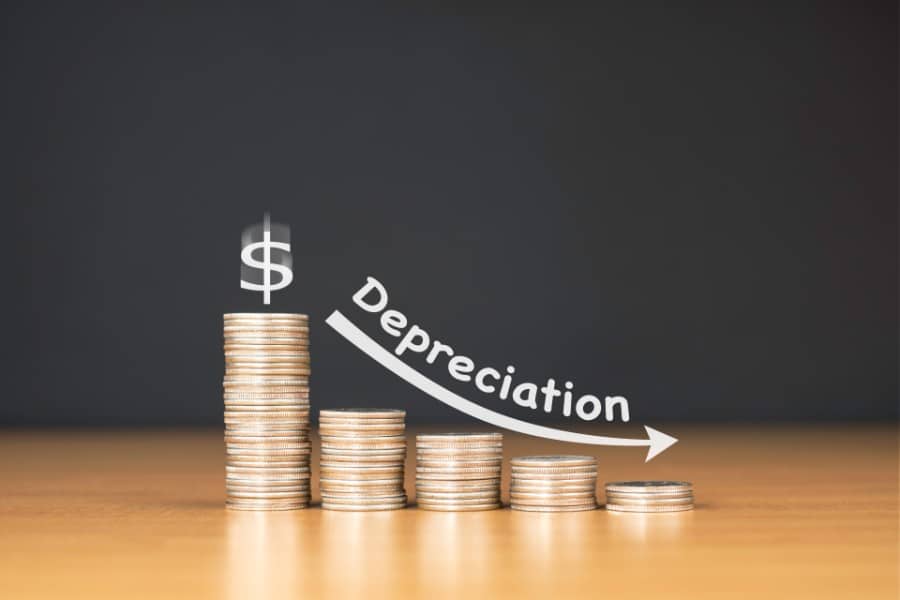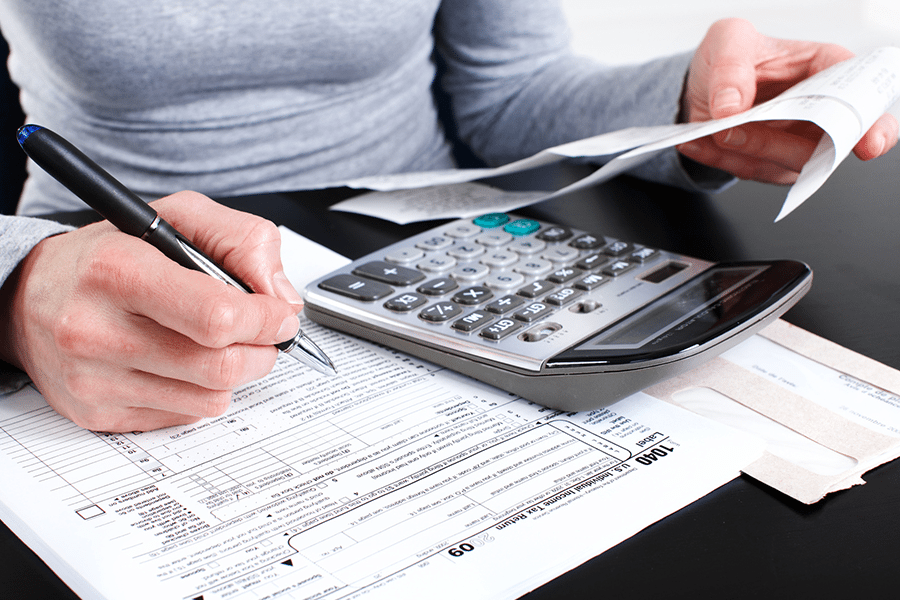Education & Credentials:
- Bachelor’s degree from Morgan State University
- Juris Doctor from The University of Maryland Francis King Carey School of Law
- Maryland Certified Tax Preparer
Expertise:
- Business Income taxes
- Individual Income Taxes
- Expat Taxes
- Real Estate
- Law
Highlights
- Member of Maryland Association of Tax Professionals
- J.D from the University of Maryland School of Law
- Former World Trade Center Institute Fellow (2020)
Experience:
Lea Uradu is a writer for the accounting team at Fit Small Business. She has served as a Senior Associate, Senior Tax Law Researcher, Tax Change Analyst, and an Expatriate Tax Advisor. She has also been a contributor with Millionacres, a subdivision of the Motley, the Motley Fool, Bankrate and Investopedia’s Financial Review Board.
Featured in:





Posts Written by Lea
Discover more resources
for your business
Education & Credentials
- Bachelor’s degree from Morgan State University
- Juris Doctor from The University of Maryland Francis King Carey School of Law
- Maryland Certified Tax Preparer



